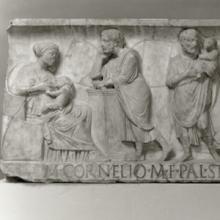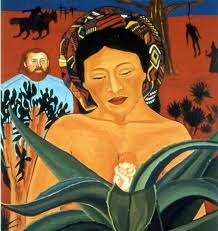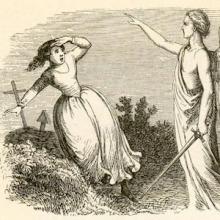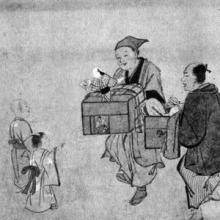Culture

Short Teaching Module: Roman Children’s Sarcophagi
I use images of two Roman marble sarcophagi for topics on children and childhood in undergraduate courses on ancient society, family, gender, representations, and historiography. The sarcophagi can be used to study one period of antiquity or to examine changing notions of childhood over time.
Cultural Contact in Southern Africa: Letters, Johanna Maria van Riebeeck
Johanna Maria van Riebeeck (1679-1759) was from an elite family in the Dutch colonial network.
Southeast Asian Politics: Website, Sisters In Islam
The women’s movement has always been inherently global, but by the end of the 20th century there was a new burst of transnational women’s organizing as women used new technologies to network at home and abroad.
Southeast Asian Politics: Song, Philippine Feminist Movement
This song, entitled Maria and sung in Tagalog (a Philippine language), challenges cultural constructions of women as passive, as sex objects or domestic cooks. “Maria” is used as a generic term for woman. The song identifies heroines such as Lorena Barros, Gabriela Silang, and Tandang Sora.

Short Teaching Module: Chinese Propaganda Posters
Visual images provide valuable material for the exploration of childhood, youth and history.

Dona Marina, Cortes’ Translator: Painting, Santa Barraza
A representation of Malinche painted by a renowned Chicana visual artist and teacher from Texas. It depicts the beautiful, life-giving Malintzin, is a tiny image, crafted on metal, and meant to evoke ex-voto and other devotional images from Mexico.

Short Teaching Module: Children, Culture, and Folktales
For this particular lesson we examined two classic tales that while similar in many respects, highlight regional cultural differences especially in regard to childhood ideals.

Short Teaching Module: Play in Tokugawa Japan
At the beginning of a lecture on the daily life of townsmen in Edo (Tokyo), I first presented an image of Tokugawa-period (1600–1868) Japanese children. This detail from an ink painting by Hanabusa Itchô (1562–1724) shows a childhood experience common to both sexes: watching a puppet show.
Soviet Dissidents and the "Brain Drain"
In the beginning of 1989, Henry Kissinger met with Mikhail Gorbachev for an informal conversation about the future of U.S.-Soviet cooperation, particularly concerning economic opportunities in the Soviet Union. The problem for U.S.-Soviet trade was the Jackson-Vanik Amendment to the 1974 U.S.
Plans for Reorganizing Solidarity
Prior to the historic roundtable talks that took place between February and April 1989 in Poland, preparations took place on many levels.